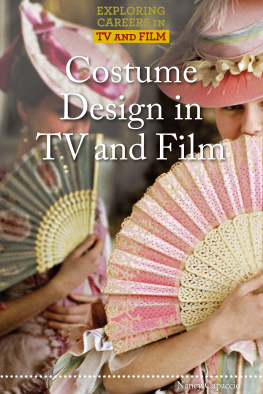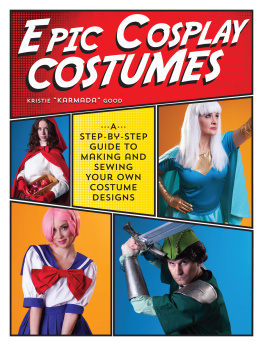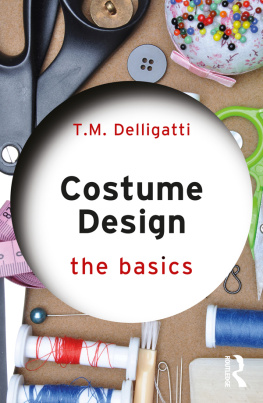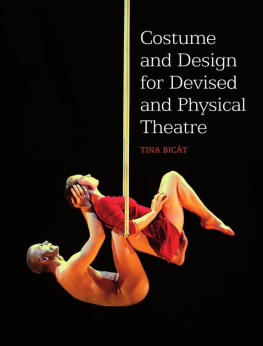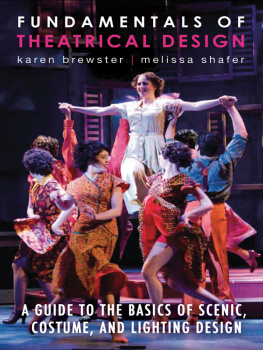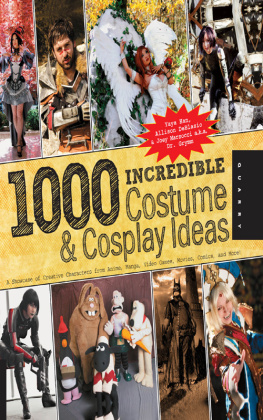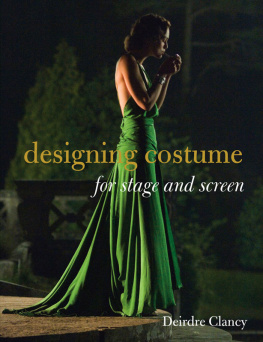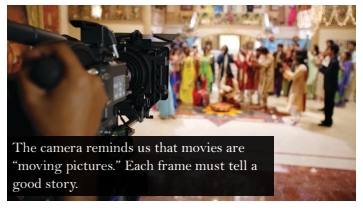Published in 2019 by Cavendish Square Publishing, LLC
243 5 th Avenue, Suite 136, New York, NY 10016
Copyright 2019 by Cavendish Square Publishing, LLC First Edition
No part of this publication may be reproduced, stored in a retrieval system, or transmitted in any form or by any meanselectronic, mechanical, photocopying, recording, or otherwise without the prior permission of the copyright owner. Request for permission should be addressed to Permissions, Cavendish Square Publishing, 243 5th Avenue,
Suite 136, New York, NY 10016. Tel (877) 980-4450; fax (877) 980-4454.
Website: cavendishsq.com
This publication represents the opinions and views of the author based on his or her personal experience, knowledge, and research. The information in this book serves as a general guide only. The author and publisher have used their best efforts in preparing this book and disclaim liability rising directly or indirectly from the use and application of this book.
All websites were available and accurate when this book was sent to press.
Library of Congress Cataloging-in-Publication Data Names: Capaccio, Nancy.
Title: Costume design in TV and film / Nancy Capaccio.
Description: New York : Cavendish Square, 2019. | Series: Exploring careers in TV and film | Includes glossary and index.
Identifiers: ISBN 9781502640383 (pbk.) | ISBN 9781502640390 (library bound) |
ISBN 9781502640406 (ebook)
Subjects: LCSH: Costume design--Juvenile literature. | Costume--Juvenile literature. Classification: LCC PN2067.C37 2019 | DDC 792.026--dc23
Editorial Director: David McNamara Editor: Kristen Susienka Copy Editor: Rebecca Rohan Associate Art Director: Alan Sliwinski Designer: Christina Shults Production Coordinator: Karol Szymczuk Photo Research: J8 Media
The photographs in this book are used by permission and through the courtesy of: Cover, p. 22 RGR Collection/Alamy Stock Photo; p. 4 Milica Lamb/PA Images/Alamy Stock Photo; p. 6 DreamPictures/Taxi/Getty Images; p. 11 Stefanie Keenan/Getty Images for CDG; p. 15 Atlaspix/Alamy Stock Photo; p. 16 ZUMA Press, Inc./Alamy Stock Photo; p. 21 ScreenProd/Photononstop/Alamy Stock Photo; p. 26 Angela Weiss/Getty Images for Caruso Affiliated; p. 28 Timothy Hiatt/Getty Images; p. 32 Everett Art/Shutterstock.com; p. 35 DEA/Biblioteca Ambrosiana/De Agostini/Getty Images; p. 36 Movie Poster Image Art/ Moviepix/Getty Images; p. 39 Ben Stansall/AFP/Getty Images; p. 41 Vicki Beaver/Alamy Stock Photo; p. 42 Heath Patterson/Photographers Choice/Getty Images; p. 45 Mr Pics/ Shutterstock.com; p. 46 Collection Christophel/Alamy Stock Photo; p. 49 Kelly/Mooney Photography/Corbis Documentary/Getty Images; p. 51 Leon Bennett/Getty Images; p. 52 Adrian Dennis/AFP/Getty Images; p. 57 AF Archive/Alamy Stock Photo; p. 70 Bettmann/ Getty Images; p. 76 Jeffrey Mayer/WireImage/Getty Images.
Printed in the United States of America
H ave you ever heard of a job where you dont want your work noticed? For costume designers working in movies and television, an important measure of success is how well the costumes help tell the story without becoming a distraction for the audience. However, this isnt always the case. For superhero shows and films, the costumes have a starring role and typically receive a good deal of buzz and tweets. If you close your eyes, you may be able to picture Wonder Woman, Black Panther, or Thor.
Another genre in which costumes get plenty of attention is period dramas, also known as costume dramas. For the TV series Downton Abbey, for example, scrupulous attention was paid to the cut of the coat, the sweep of the gown, and the style of the hat each character wore.
What's It All About?
The art of costuming is much more than sewing clothes. Costume design involves a wide range of skills, of which sewing is just one small part. Costume design is also different from fashion design. A fashion designer routinely creates entirely new garments. She or he has a brand or a style that their fans recognize and value. A costume designer for film and television, on the other hand, only sometimes creates entirely new garments. The costumes that appear in futuristic or sci-fi movies like Black Panther or Star Wars have to be created from scratch. But for more conventional productions, the costume designer is more likely to rent garments or buy clothing, which may have to be altered or transformed to suit the characters.
Acclaimed designer Deborah Nadoolman Landis, who has worked on classic films like The Blues Brothers and Animal House, clarifies an essential difference between fashion and costume design: Costume design has far more to do with storytelling than to do with clothes. Fashion is the polar opposite of costume design because fashion is all about the clothes ... My job is about creating the person whos wearing the clothes.
Through costumes, the designer helps tell stories about characters, family, social conditions, and way of life, and dresses the changes in the principal characters as the story unfolds. The designer shows us the characters strengths, weaknesses, feelings, and idiosyncrasies. By creating harmonies and contrasts among the characters, the designer clarifies relationships and intensifies the drama. All of this is done to express the directors point of view.
The costuming process is not limited to designing and collecting clothing but entails a range of related activitiesfrom creating the wardrobe used in the production to managing the budget, keeping up with the shooting schedule, and making sure the costumes are delivered to the set on time. There are many ways to participate in the world of costume design.
The primary focus for costume designers is the characters involved in the production. But thats only part of the story. A costume designer, whether working in film or television, must consider a number of other elements in order to be effective:
The performer, whether an actor, an extra, or a stunt double
The world of the script, such as eighteenth-century France or the starship Enterprise
The set, such as a sandy, windswept planet
The camera, with its tendency to flare white colors or flatten the image
The shooting process, typically out of order (for movies)
The viewing format, such as a smartphone or the big screen at the theater
Goals
Even if you are designing for a school script-based video, you can strive to meet the same goals as a professional costume designer. Here are some of the goals to keep foremost in mind as you explore costume design:
1. Make each character come alive. Judianna Makovsky, known for her work on many movies in the Marvel cinematic universe, including Avengers: Infinity War and Guardians of the Galaxy Vol. 2, along with The Hunger Games, says, Most people are not aware that its about designing a total person, not just clothing. Im designing a character from head to foot.

